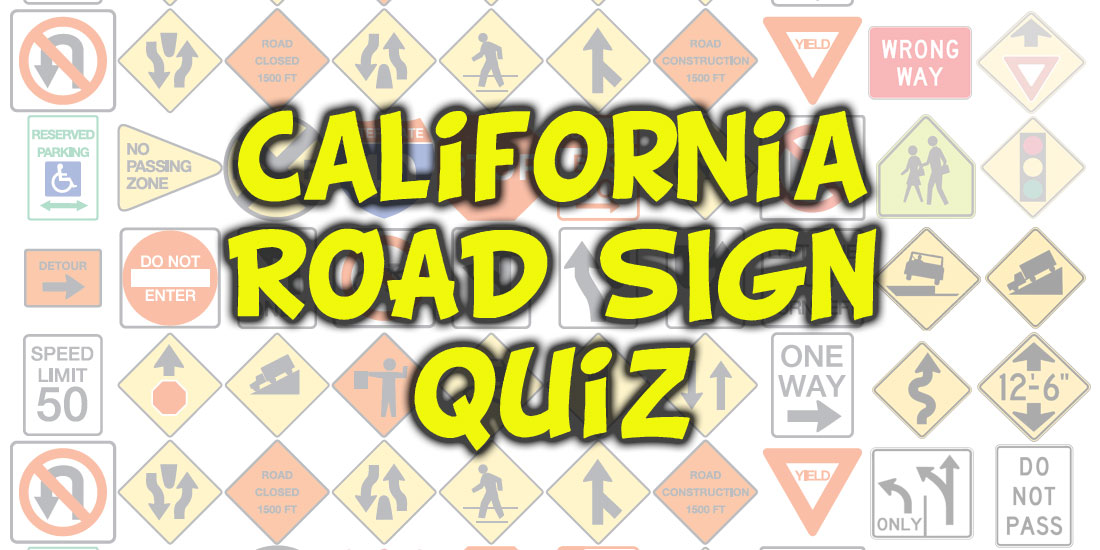10 Questions and Answers about Pavement Markings
Pavement markings are essential to keep you safe on the road.
Edge lines and center lines help you position your vehicle and reduce the risk of running off the roadway or going against traffic.
These ten questions are examples of questions you may see on a DMV test in California and every state in the United States. Pavement markings are consistent across the country and have the same meaning in all states.
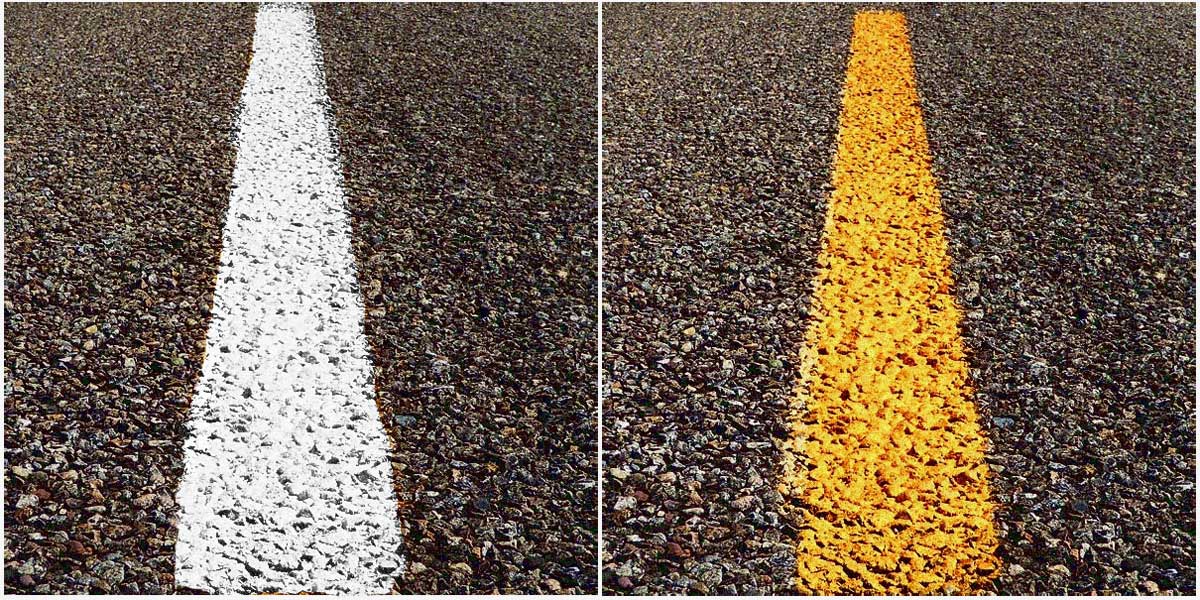
Learn the Meaning of the Colors
The colors tell you if road lines separate traffic in different directions (center lines) or in the same direction (lane lines).
Yellow lines always mark the center and separate traffic in opposite directions. On divided highways with a wide median, you will see the yellow center line on your left, and it may not always be obvious that it is a center line.
If you find yourself with a yellow line on your right, you are going against traffic. Pull over and stop immediately.
White lines mark the road edge and separate traffic going in the same direction (lane lines).
Red lines can mark edges where parking is prohibited (curb markings).
The Appearance
Broken (dashed) and solid lines convey different meanings.
Broken lines are permissive. You can cross broken lines to change lanes or pass other vehicles. Before you move from one lane to another or from a straight course:
Make sure it is safe to do so.
Check behind you, and do not forget your blind spot.
Signal your intentions so that others are aware of your movements.
Solid lines are restricted. You are discouraged or prohibited from changing lanes and passing other vehicles.
A single solid white line tells you to stay in your lane if possible.
The pavement is marked with two solid white lines to indicate that changing lines is prohibited.
Two solid yellow lines in the center of the road tell you that moving to the left of these lines to pass others is prohibited. You may, however, cross two solid yellow lines to make a left turn if safe.
Sometimes, the center markings have one broken and one solid yellow line. If the solid line is on your side, it tells you that passing is prohibited. If the broken line is on your side, passing is allowed.
Special Lane Markings
There are two lane markings you should pay special attention to:
Center left turn lanes: These lanes are located in the middle of a two-way street and marked on both sides by two painted lines. The inner line is broken, and the outer line is solid. These lanes may only be used for left turns, not passing other vehicles. The lanes are known as two-way left turn lanes since traffic from both directions can use them.
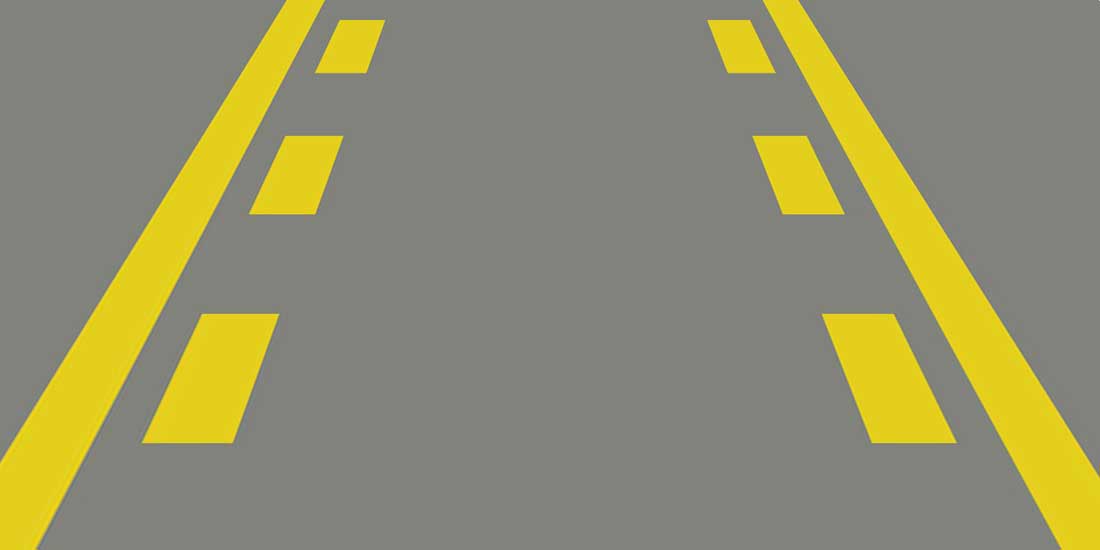
Reversible lanes: These lanes accommodate traffic going in one direction at certain times (like morning commute) and in the other directions at other times (like evening commute). They have double dashed lines on both sides and are also called flex lines.
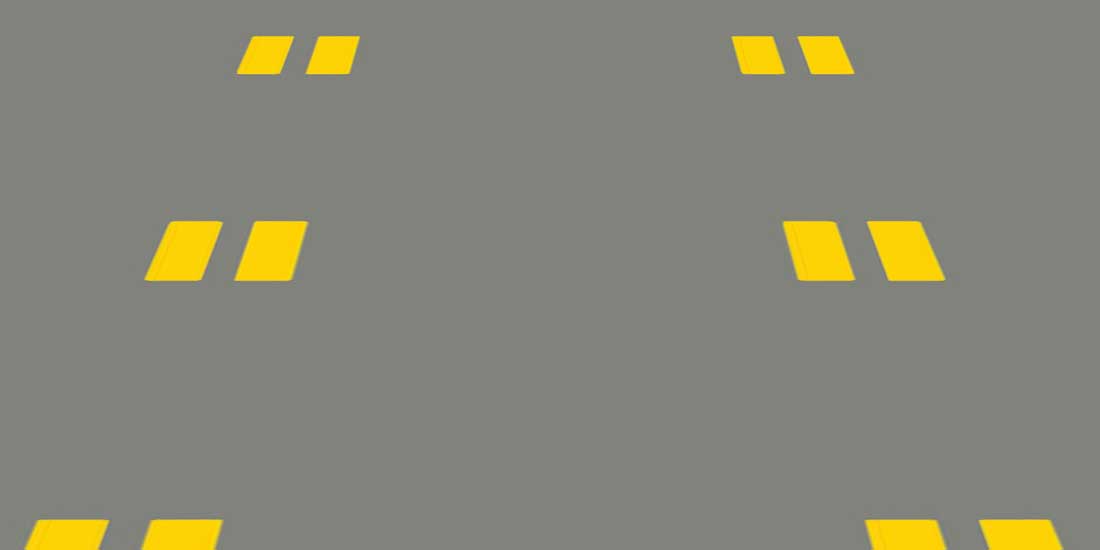
Reversible lanes are not mentioned in the California Driver Handbook and will not be on your test.
Sharrows
Test takers often trip on questions about sharrows.
These markings are uncommon outside larger cities, and many drivers take them for bike lane markings.
Sharrows mean Shared Roadway Bicycle Markings. They alert motorists that bicyclists can occupy a travel lane and share it with other vehicles. They also help bicyclists to maintain a safe lane position.
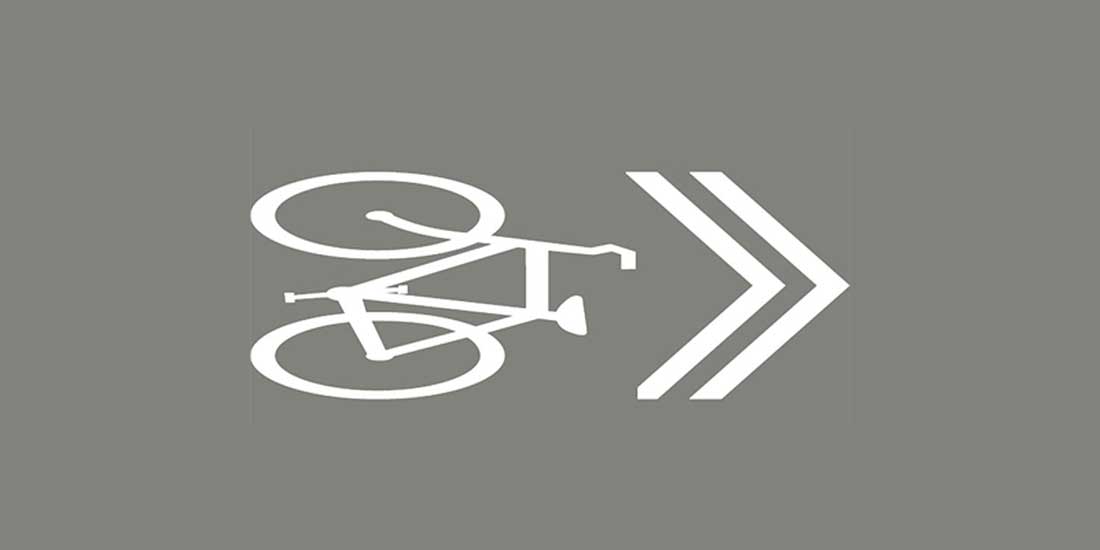
The Complete Tests
30 CA Test Questions 1
30 CA Test Questions 2
30 CA Test Questions 3
30 CA Test Questions 4
30 CA Test Questions 5
30 CA Test Questions 6
30 CA Test Questions 7
30 CA Test Questions 8
Signs and Signals 1
20 Road Signs
Illustrations: hagbo.se

